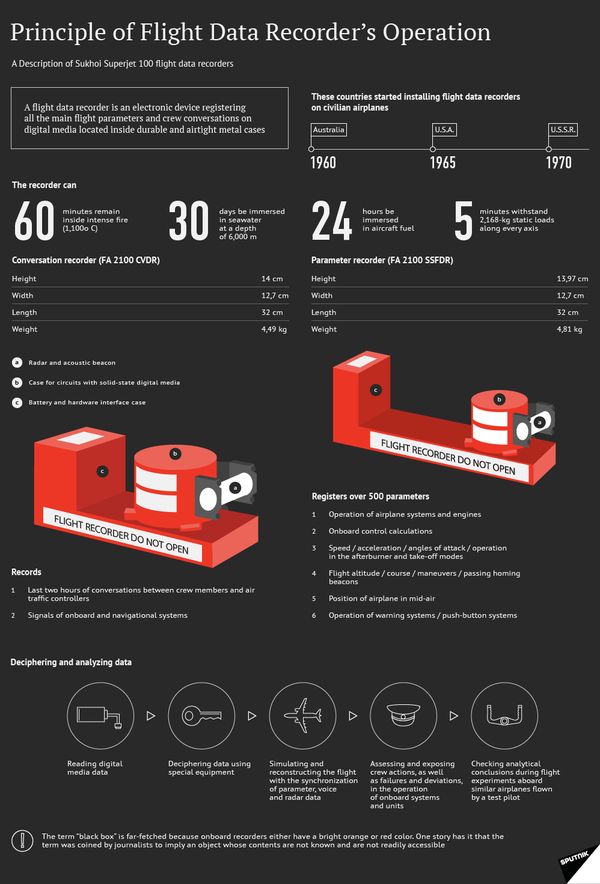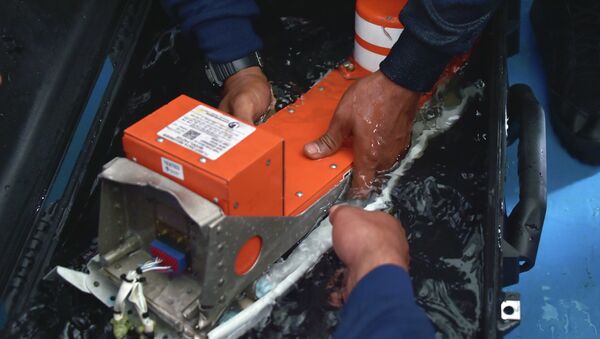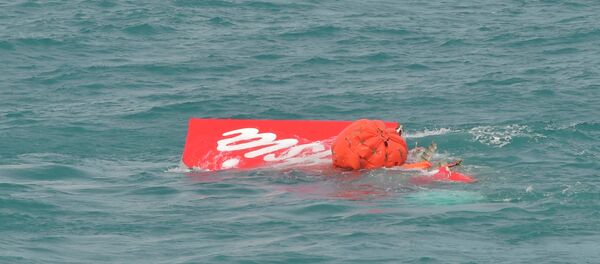The work of flight recorders, often considered crucial for the successful investigation of an airplane crash, are often shrouded in mystery, partially thanks to being called "black boxes" in the media, and containing mysteries that only experts can reveal, giving the whole process the air of a magic act.
In fact, the skill is in the experts' being able to reconstruct the scene of the crash, and then using the flight recorder data to either confirm or disprove their theory. Due to the high volume of data captured by flight recorders, experts studying the crash of flight QZ8501 will have to use some of the information, such as records of the plane's elevation, direction and angle to the ground to create a physical model of the plane's crash. The experts will then develop hypotheses on what caused it, from mechanical malfunction to pilot error and external factors.
In the case of flight QZ8501, the experts will also need to provide an explanation for why the plane's tail was upside down when it was found, as photos from the scene indicate that the rest of the plane turned only slightly on its side.
Images show main body of #AirAsia flight #QZ8501 located in Java Sea http://t.co/lCXMINrUOz pic.twitter.com/WZnpzK0xxX
— BBC Breaking News (@BBCBreaking) 14 января 2015
In many cases, the cockpit voice recorder gives valuable clues to the reason behind an airplane's crash, and experts make a transcript of the pilots' conversation with air traffic control and each other, as well as noises that could indicate mechanical and electronic malfunctions, in case the flight data recorder fails to capture the information due to an equipment malfunction.
A Bloomberg article contains an interview with the investigators of a plane crash in Washington, D.C. in 1982 that appeared to have no explanation until investigators listened to the cockpit recording. The engine hum heard in the background turned out to be of an abnormal frequency, leading the experts to conclude that ice on the surface of the plane was weighing it down and preventing it from gaining thrust.
Investigation of flight recorder data generally takes several weeks to several months, as some models have as many as 1,000 data streams that have to be examined for discrepancies.






